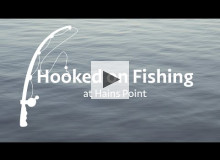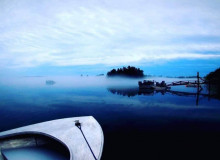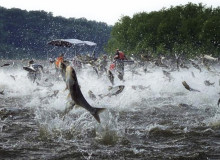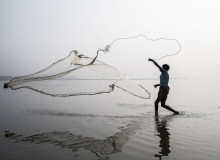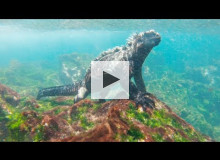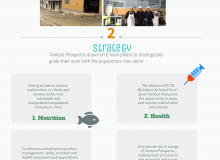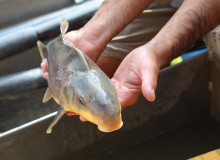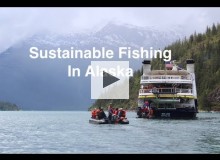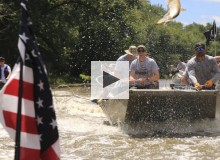fishing
George Washington University
This short documentary explores fishing of the Potomac River in Washington D.C., where regulations allow fishers to consume portion of their catches, despite warnings from local river-keepers.
George Washington University
How will rising marine temperatures in the Gulf of Maine affect lobstering, my community's culture, and my state's economy?
George Washington University
Invasive species don't follow shelter in place orders like the officials tasked with containing them. For the Midwest's invasive Asian carp, the effects of halting prevention measures range from not too bad to detrimental.
George Washington University
Small-scale fisheries are critically important to communities around from the world, from Alaska to Senegal, but they don't receive attention on a global level.
The George Washington University
Next in our series from the Galápagos is a short documentary from Guy Ginsberg, which examines the culture, cooperation, and change happening in the Galápagos marine reserve.
The George Washington University
Pesquera Diamante, one of the leading companies in the fishing industry in Peru, saw an opportunity to help a community facing anemia and malnutrition.
George Washington University
By no longer allowing California's swordfish fishery to use driftnets, the state has prioritized the creation of an environmentally sound industry and stood up against outdated, harmful practices.
Arizona State University
Fish in the Colorado River are a product of harsh conditions. But human interference in the rivers they call home has pushed a few to the edge of extinction. Luke Runyon of KUNC reports.
Planet Forward Senior Correspondent | Cornell University
Next in our Stories of Alaska series: Learn about how climate change and overfishing are threatening marine species. But Alaska sets a prime example of how to maintain a sustainable fish supply.
Northwestern University
Every August, hundreds of fishermen, boaters and spectators descend on the tiny village of Bath, Illinois for a weekend of fun — and to try to catch the most invasive Asian carp.

